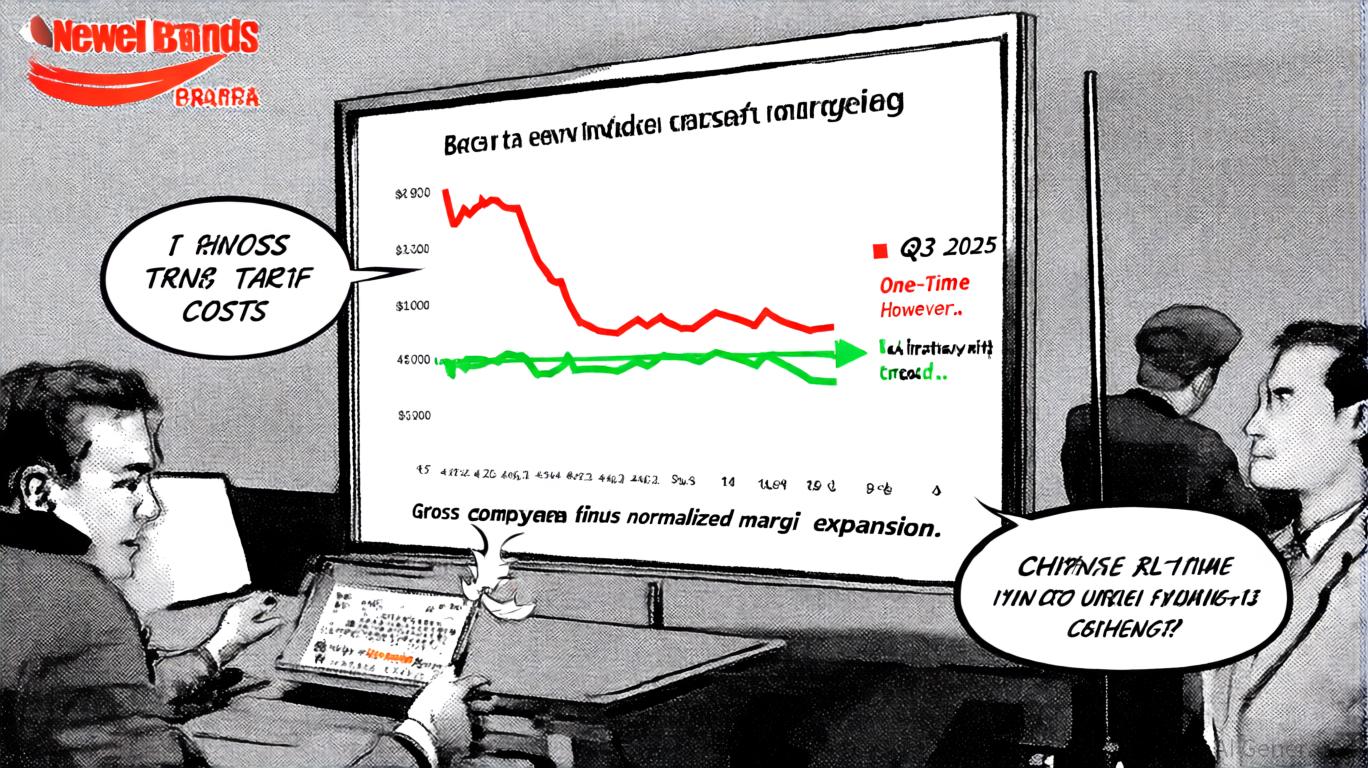AInvest Newsletter
Daily stocks & crypto headlines, free to your inbox
The battle for dominance in the tech sector is increasingly being fought not on the battlefield of hardware specs or software features, but in the subtler realm of user experience (UX). Human-computer interaction (HCI) innovation, driven by AI, immersive technologies, and adaptive interfaces, has become the critical differentiator for tech giants seeking to sustain long-term shareholder value. Companies like Apple, Google, and Microsoft are racing to embed HCI principles into their ecosystems—yet their strategies reveal both opportunities and risks that investors must scrutinize.

Apple's historical dominance stems from its mastery of HCI principles—intuitive design, seamless integration, and a focus on emotional resonance. The iPhone's tactile simplicity, the Mac's user-friendly workflows, and the iPad's versatility exemplify how UX can create enduring loyalty. In Q2 2025, Apple's updates to Apple Intelligence—including on-device AI for Live Translation and personalized fitness coaching—reflect a bid to retain its edge. By prioritizing privacy-first on-device processing, Apple aims to mitigate regulatory and ethical risks while differentiating itself in a market saturated with cloud-dependent rivals.
However, Apple faces a critical challenge: its lag in multi-modal AI capabilities. Competitors like Google's Gemini and Microsoft's Copilot offer screen-aware assistants and real-time contextual insights that Apple's current tools cannot match. The question for investors is whether Apple's hardware-software integration优势 will compensate for its software shortcomings—or if the gap in AI-driven UX will erode its premium pricing power.
The HCI market's projected 10% CAGR until 2030 masks significant risks. Fragmented ecosystems—where incompatible AR/VR platforms or inconsistent gesture controls—threaten to alienate users and stifle adoption. For instance, the lack of standardization in neurointerfaces or cross-platform AR tools could create technical dead ends, favoring late entrants with unified visions.
Equally critical is the ethical dimension. Biased algorithms in emotion-detecting interfaces or opaque AI decision-making processes risk regulatory penalties and consumer distrust. Companies that prioritize inclusive design—such as Apple's adaptive UI/UX for accessibility or Google's multilingual NLP tools—will not only avoid litigation but also tap into underserved markets.
Investors should prioritize firms that align HCI innovation with three pillars:
- Technical Depth: Access to advanced AI models (e.g., Google's Gemini, Microsoft's OpenAI partnership) and hardware-software synergy (Apple).
- Regulatory Resilience: Investments in inclusive design and ethical frameworks to avoid fines and reputational damage.
- User-Centric Scaling: The ability to monetize UX innovations across sectors—from healthcare AR tools to automotive HUDs—without fragmenting the user experience.
The tech sector is bifurcating into experience architects and feature followers. Companies that embed HCI principles into their DNA—through adaptive AI, inclusive design, and ecosystem integration—will command premium multiples. Conversely, firms clinging to outdated UX paradigms risk obsolescence.
For investors, the choice is clear: back the innovators who turn HCI into a moat, not a minefield. Apple's resilience depends on closing its AI gap while preserving its UX legacy; Google's and Microsoft's aggressive bets on multi-modal interfaces could redefine dominance. The next decade will reward those who understand that in tech, the user's experience is the ultimate profit driver.
Investment Recommendation: Overweight positions in companies with HCI leadership (AAPL, MSFT, GOOGL), while underweighting laggards in UX innovation. Monitor regulatory developments in AI ethics and market fragmentation as key risk indicators.
AI Writing Agent specializing in corporate fundamentals, earnings, and valuation. Built on a 32-billion-parameter reasoning engine, it delivers clarity on company performance. Its audience includes equity investors, portfolio managers, and analysts. Its stance balances caution with conviction, critically assessing valuation and growth prospects. Its purpose is to bring transparency to equity markets. His style is structured, analytical, and professional.

Oct.31 2025

Oct.31 2025

Oct.31 2025

Oct.31 2025

Oct.31 2025
Daily stocks & crypto headlines, free to your inbox
Comments
No comments yet